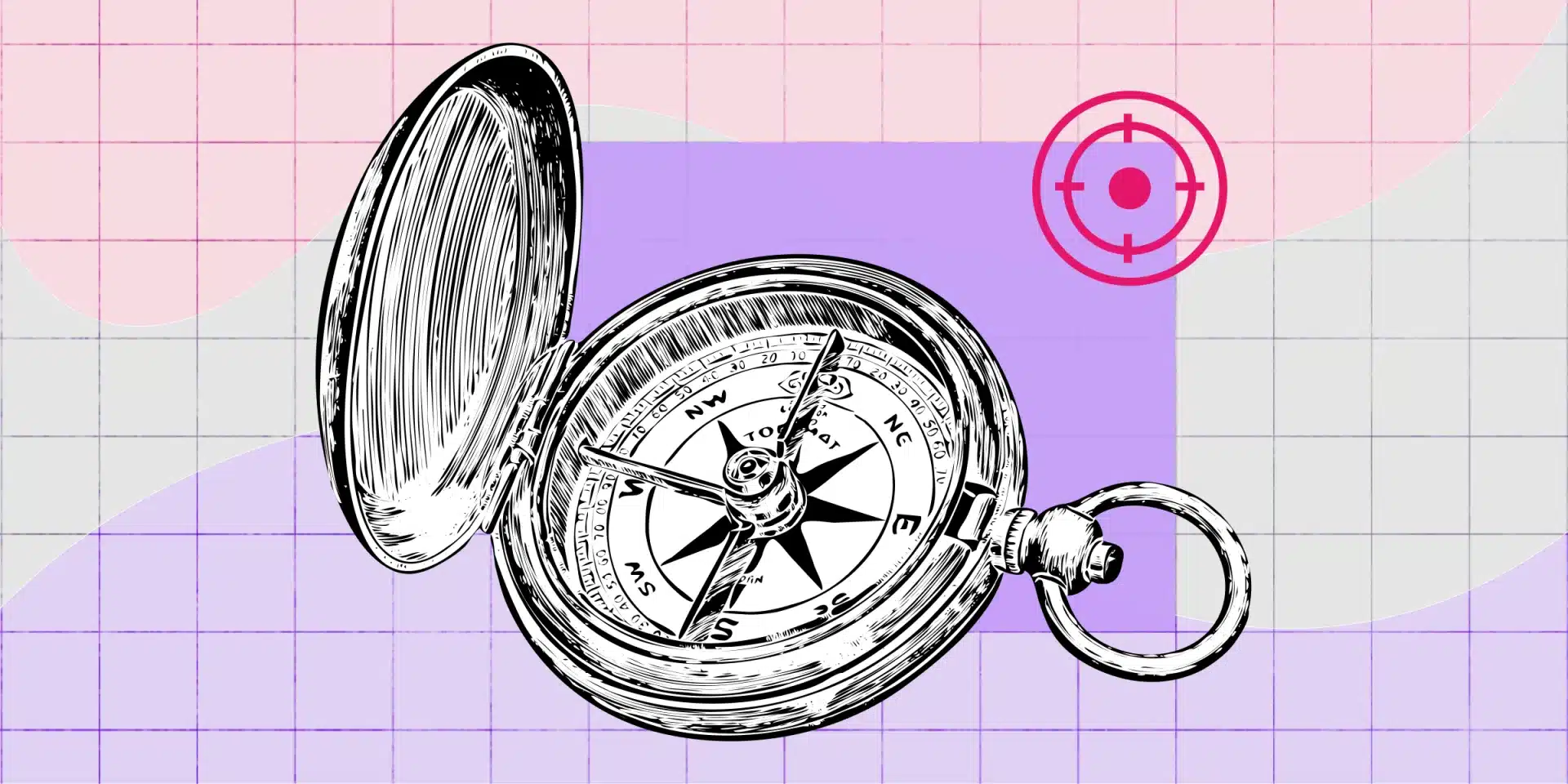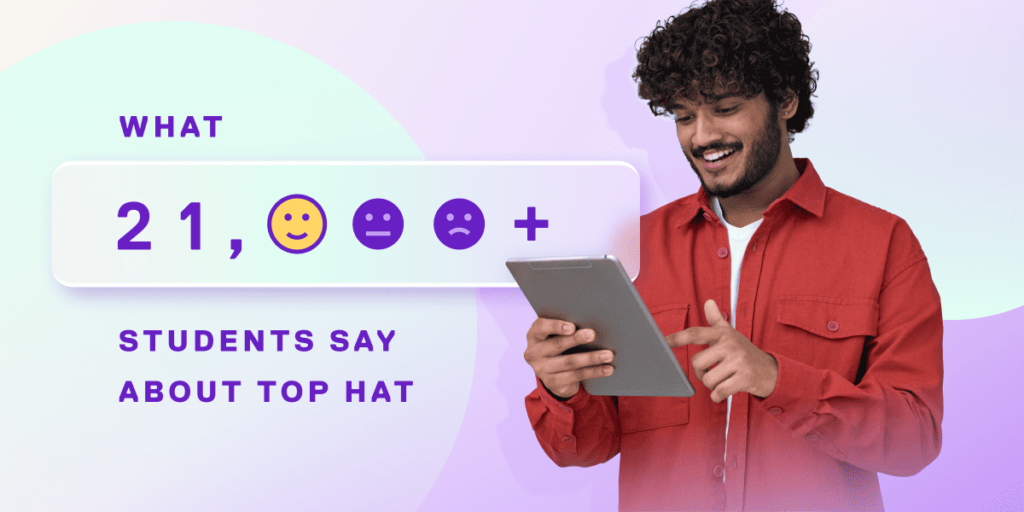Today’s employers don’t just hire based on educational achievement. They’ve increasingly prioritized higher-order learning skills during the hiring process. To help students become job ready and land a role in the current workforce, professors need to empower learners with the necessary 21st-century skills, often called ‘soft skills.’
This guide lays out key information on how to create opportunities for skill-based learning to help smoothen the transition from college to the workforce. It will also describe how to develop these skills in students while they’re still in the classroom. Most significantly, you’ll learn how educational technology can sharpen the essential soft skills students need beyond your course.
Below are 15 soft and hard skills that make up 21st-century learning.
The 4 Cs of 21st-Century Learning
The first four of these higher-order learning skills are widely considered the most vital 21st-century skills in the classroom for students to learn. Commonly known as the 4 Cs of 21st-century learning, they comprise:
1. Critical thinking:
Critical thinking is about problem-solving, and being able to bring a skeptical, discerning perspective to assertions of fact and opinion. Students are given opportunities to question and challenge the information presented to them. Troubleshooting and IT support are two hard skills that rely heavily on critical thinking as a foundation and are in-demand skills for the wide variety of technology-based careers in today’s job market.
How Top Hat helps: Donna M. Smith, a math instructor, is a recipient of the Top Hat Black Educator Grant. A teacher of College Algebra at Sierra College, she has leveraged Top Hat to build a framework that helps students learn how to develop critical-thinking skills, and other soft skills like teamwork, adaptability and time management. She uses this framework to provide students with practice opportunities that demand specific actions from students, then gauges their higher-order learning using Top Hat’s range of assessment tools, spanning all six levels of Bloom’s Taxonomy. As a result, she reports, she’s found her students’ rate of success improved dramatically.
In the same vein, 93 percent of students surveyed in a Top Hat research report said the variety of assessment types Top Hat offers help them learn how to develop critical-thinking skills.
2. Creativity:
This is the process of approaching problems from a variety of perspectives, including ones others might not notice. It helps develop trust in one’s own instincts and helps students seek out new solutions to old problems.
3. Communication skills:
This is the ability to convey thoughts and ideas clearly and effectively. In a 21st-century education, that includes being able to communicate well digitally, from texts, emails and social media, to podcasting and video conferencing.
How Top Hat helps: Top Hat’s Discussion feature helps develop skill-building via collaboration in the classroom. While not all students are always on an equal playing field when it comes to comfort in group discussions, this Top Hat feature meets students where they are by allowing them to respond to comments and questions from any device. They can use simple text or incorporate images, sound bites and videos to propel the conversation forward. Teachers can even employ anonymity to make students comfortable engaging in sensitive topics. Teachers can use this Top Hat feature to drive up classroom participation significantly.
4. Collaboration:
This is the ability to work with others as a team to solve a problem or achieve a shared goal. It helps develop the abilities to share control, pitch solutions and discuss and decide with others the best course of action. It also helps students learn to effectively deal with others who may not agree with them, develop the critical abilities to resolve conflicts effectively and consider different viewpoints from their peers.
Research shows that students who enter the workforce with knowledge and experience in the 4 Cs of 21st-century learning tend to be more adaptable and flexible in the constantly-shifting workplace environment. The 4 Cs of 21st-century learning, in turn, empower students to work better across cultures and are more prepared to take on leadership roles.
Key Higher-Order Learning Skills
Other important 21st-century skills in the classroom include:
5. Problem-solving:
This is the use of both conventional and innovative methods to solve different types of unfamiliar problems. It involves identifying and asking meaningful questions to clarify different viewpoints and arrive at more effective solutions.
How Top Hat helps: The Top Hat Assignment feature enables teachers to provide students with interactive homework assignments that actively engage them in their own higher-order learning outside the classroom. A multimedia-friendly tool with 14 easy-to-use question types and automatic grading, this versatile feature keeps collaboration, communication and other essential skills front and center. It incorporates reading, answering questions and viewing media with worksheets, case studies and simulations to help students develop a deeper understanding of a problem and a multifaceted approach to its potential solutions. An added benefit for instructors is that it provides insights into students’ comprehension, participation and completion in real-time.
6. Information literacy:
This includes the ability to access, evaluate, utilize and manage information, critically and efficiently. It also involves the accurate and creative application of available information to the current problem or issue. It requires managing data flow from multiple sources, and the application of fundamental legal and ethical knowledge regarding access to and use of that information.
7. Technology skills and digital literacy:
Often abbreviated as ICT literacy (Information, Communication and Technology,) this is the collective set of abilities that allow students to effectively apply digital technologies to researching, evaluating, organizing and communicating information across digital channels. This may include using computers, mobile devices, social networks and other communication tools. Jobs in machine learning, product management and software development require understanding of technological platforms and apps. Individuals in these careers must be proficient in these skills in order to suceed.
How Top Hat helps: Top Hat improves general literacy and digital literacy at the same time with Interactive Textbooks. Dynamic courseware incorporates text with high-quality images, videos and 3D simulations to captivate students’ interest and help them absorb and retain information better. They include case studies and customizable, interactive assessments, and students can access them anytime and from any device. Teachers can use Top Hat’s interactive textbooks in combination with physical textbooks, or on their own.
Incorporating interactive textbooks and other digital technologies also helps students with skill-building and better prepare them to enter the 21st-century workforce by providing one-to-one computing, giving them the technology required to utilize their higher-order thinking skills in coursework.
8. Media literacy:
This includes the ability to analyze media and create media products. It involves understanding how, why and for what purpose various entities construct media messages, including what values and viewpoints they choose to include or exclude, and why. It also examines how people interpret messages differently and how that influences behaviors and beliefs.
9. Global awareness:
This is the use of 21st-century skills to comprehend and address issues of global magnitude, and to collaborate with those from diverse backgrounds. It also involves taking an equitable or inclusive mindset when presenting new information. For example, educators might draw connections between cultural references in an English or cultural studies course. Teaching students the importance of global awareness also starts with reflecting on current and real-time events in your teaching, such as incorporating case studies on political or social uprisings.
10. Self-direction:
This is the ability to effectively set goals and manage time, as well as to work independently. It requires determining tangible and intangible criteria for success and balancing short-term tactical goals with long-term strategic ones. It also requires demonstrating initiative and commitment and working independently, including defining, prioritizing, monitoring and completing tasks without oversight, while reflecting on past experiences and learning from them.
11. Social skills:
This is the ability to effectively interact with others and work in diverse teams. Students recognize the appropriate times to listen or speak while remaining open-minded to diverse values and ideas. Students also learn how to conduct themselves professionally in a respectful manner, including when working with people from different backgrounds. Those looking to pursue careers in nursing or other areas of healthcare must be proficient in providing both emotional and physical care to patients. Common hard skills required for these careers include Basic Life Support (BLS), Patient Safety and Critical First Aid.
12. Perseverance:
This is the ability to persist in a determined effort in spite of obstacles and setbacks. It requires many of the other higher-order thinking skills, including problem-solving and self-direction, to employ effectively.
How Top Hat helps: Top Hat’s 21st-century learning suite includes many tools that help educators make sure no student falls behind. Not least among them is learning insights. By tracking every interaction between a student and the software automatically, Top Hat enables you to see which students need additional help, in what area and when. Gauge attendance, progress, comprehension, participation—and act on these insights proactively in real-time.
13. Literacy skills:
Basic literacy skills include the abilities to create, comprehend, analyze, absorb, retain and recall written information. In the 21st-century workplace and modern economy, they especially apply to business, economic, financial, health and entrepreneurial interests.
14. Civic literacy:
Students become familiar with how civic decisions have local and global implications. This type of literacy involves effective participation in civic life by remaining informed and comprehending the processes of government. It also requires knowing how to exercise citizenship rights and obligations.
15. Social responsibility:
This encompasses everything from human rights, labor practices, the climate and the environment, fair operating practices, consumer issues and community involvement and development. It requires accountability, transparency, ethical behavior and respect for stakeholder interest, the rule of law, international norms of behavior and human rights.
Why 21st-Century Skills Are Important
Importance of Soft Skills for Students
At its most basic level, teaching 21st-century skills, like critical thinking, provides a framework for higher-order learning. Beyond that, however, it also helps students develop the skills that ensure they will thrive when they leave the classroom and enter the workforce.
Today’s workplaces are changing constantly, and the role of technology is ever-evolving and growing. That means that persistent, continual learning is essential to succeed and an emphasis on the importance of soft skills for students. Today’s graduates require not only the knowledge and skills for their chosen careers, but critical-thinking skills to navigate an always-changing landscape.
Good for the World
The greater community also benefits from new workers entering the workforce with a 21st-century education. The wellbeing of our broader society requires workers with competence and experience in:
- Civic engagement
- Critical thinking
- Digital literacy
- Effective communication
- Global awareness
Graduates equipped with these higher-order learning skills comprehend their role as good citizens and their connection to their neighbors and their shared environment. This way, they are more tolerant, they think more equitably and they aim to build a more diverse workforce. They are empowered to approach all they do in their work with a civic-minded focus.
Conclusion
As a 2017 research review in Nurse Education in Practice reported, “Technology has advanced in quantity and quality; recognized as a requirement of 21st-century learners.” Integrating curricula on critical thinking and other soft skills in your classroom will help your students enter the 21st-century workplace better equipped to meet the challenges facing future workers and leaders. As technology becomes an increasingly inseparable part of the working world, it’s becoming more evident that teachers who make effective use of it have an advantage in helping students prepare for life beyond the classroom.
The developers and designers of Top Hat, including professional educators themselves, are singularly focused on employing the latest in 21st-century education technology to help educators empower students to achieve these aims.
References
Ross, D. (2017, April 24). Empowering Our Students with 21st-Century Skills for Today. Getting Smart. www.gettingsmart.com/2017/04/24/empowering-students-21st-century-skills/
What is social responsibility? (n.d.). ASQ. asq.org/quality-resources/social-responsibility
LinkedIn Jobs on the Rise 2022: The 25 U.S. roles that are growing in demand (2022, January 18). LinkedIn. https://www.linkedin.com/pulse/linkedin-jobs-rise-2022-25-us-roles-growing-demand-linkedin-news/


